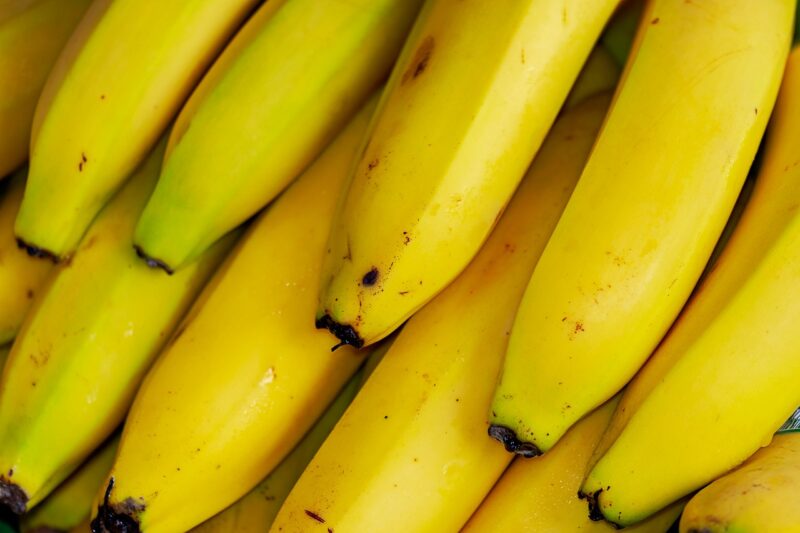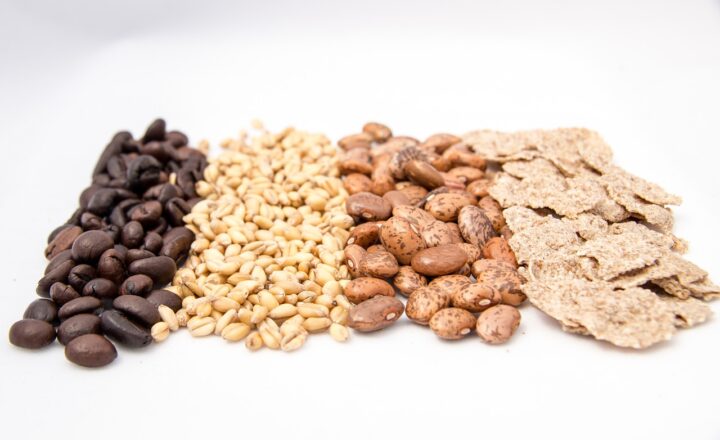The Strangest Fruits You’ve Never Heard Of and Why You Should Try Them
November 13, 2024

Fruits are nature’s candy, bursting with flavors, colors, and textures. While most of us are familiar with common fruits like apples and bananas, the world is full of strange and exotic fruits that can tantalize your taste buds and elevate your culinary experience. In this article, we’ll explore some of the strangest fruits you’ve probably never heard of and delve into the reasons why you should incorporate them into your diet.
1. Introduction to Exotic Fruits
Setting off on a culinary adventure by trying unusual fruits can broaden your palate and expose you to new textures, tastes, and culinary uses. Many exotic fruits are not only delicious but also packed with nutrients that can provide health benefits. By stepping outside of the familiar, you might just find a new favorite fruit that you can’t get enough of!
2. The Strange Fruits You Must Try
Let’s dive into a selection of some of the strangest fruits from around the globe:
2.1. Durian
Often referred to as the “king of fruits,” the durian is notorious for its strong odor, which some describe as akin to rotten onions. However, those who dare to try it often rave about its rich, custard-like texture and complex flavor profile that can range from sweet to savory. Despite its polarizing scent, durian is a great source of vitamin C, potassium, and fiber, making it a nutritional powerhouse.
2.2. Rambutan
Rambutan is a tropical fruit native to Southeast Asia, easily recognizable by its hairy or spiky exterior. When peeled, it reveals a juicy, translucent flesh that is sweet and mildly acidic. The texture is similar to that of lychee, and it’s often enjoyed as a refreshing snack. Rambutan is high in vitamin C and provides antioxidants that promote overall health.
2.3. Dragon Fruit (Pitaya)
This vibrant pink fruit is as stunning as it is delicious. The dragon fruit boasts a mildly sweet flavor and a crunchy texture, thanks to its tiny black seeds. It is not only visually appealing but also packed with fiber, antioxidants, and vitamin C. Dragon fruit can be enjoyed fresh, blended into smoothies, or used to add a pop of color to your dishes.
2.4. Mangosteen
With its thick purple rind and sweet, juicy white segments, mangosteen is often called the “queen of fruits.” The pulp has a unique sweet-tart flavor that is simply irresistible. Mangosteen is rich in vitamins B and C, and its unique xanthones provide anti-inflammatory and antioxidant benefits, making it the perfect addition to any health-conscious diet.
2.5. Buffalo Berry
Buffalo berries are small, bright red fruits that grow on thorny shrubs. They have a tart flavor and can be eaten raw or made into jams and jellies. Additionally, buffalo berries are high in vitamins C and A, making them a nutritious supplement to various dishes. Their tartness also makes them perfect for pairing with sweeter foods, presenting a delightful contrast.
2.6. Sapodilla
This pear-like fruit has a brownish exterior and a grainy texture that resembles brown sugar. Its sweet, malty flavor is akin to that of brown sugar and pear, making it incredibly delicious. Sapodilla is loaded with dietary fiber and is known for its digestive benefits. This sweet treat can be eaten fresh or added to smoothies for an added flavor boost.
2.7. Jabuticaba
A unique fruit from Brazil, jabuticaba grows directly on the trunk of the tree, looking like grapes clutching the bark. The fruit is sweet, with a floral aroma and flavor, and it is typically eaten fresh or used in jellies and wines. Jabuticaba is abundant in antioxidants, making it a wonderful addition to a healthy diet.
3. Why Try These Strange Fruits?
Trying exotic fruits can have several benefits:
- Nutritional Value: Many exotic fruits are rich in vitamins, minerals, and antioxidants that can bolster your health.
- Culinary Adventure: Experimenting with unique fruits can enhance your cooking and add flair to your meals.
- Cultural Experience: Many exotic fruits are deeply rooted in the cultures of the regions from which they come.
- Environmental Awareness: Trying local fruits can encourage support for sustainable agricultural practices.
Even if you find some of these fruits unusual, stepping outside of your comfort zone can lead to delightful discoveries and a more diverse, exciting diet.
4. How to Incorporate Exotic Fruits into Your Diet
If you’re intrigued by these strange fruits and eager to try them, here are some suggestions for incorporating them into your diet:
- Fresh Consumption: Simply peel or cut the fruit and enjoy fresh as a snack.
- Smoothies: Blend exotic fruits with your favorites for a nutrient-packed smoothie.
- Desserts: Get creative — incorporate exotic fruits into pies, tarts, or sorbets for a unique twist.
- Salads: Mix exotic fruits into fruit salads for a refreshing and colorful dish.
- Salsas and Dips: Use exotic fruits to make fresh salsas or fruit dips to accompany your meals.
Trying just one of these strange fruits can lead to a delightful experience that enhances your culinary repertoire.
5. Conclusion
Exploring the world of exotic fruits can be an exciting journey filled with unique flavors and textures you won’t find in your local grocery store. From the odoriferous durian to the succulent rambutan and the visually striking dragon fruit, these strange fruits offer not only memorable taste experiences but also health benefits. So, next time you visit a farmers’ market or international grocery store, take the plunge and try something new. Your taste buds will thank you!
Embrace the unexpected, and let the adventure of strange fruits ignite your culinary creativity while nourishing your body with their healthful properties.







